Brassicae and Oklahoma Sun
chickencoupe
10 years ago
Related Stories
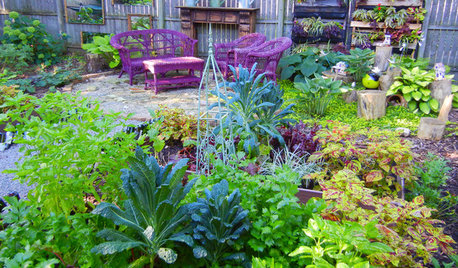
GARDENING GUIDESShades of Vegetable Gardens: Growing Edibles in Less Sun
See how one gardener produces a veritable feast of vegetables and herbs under a canopy of shade
Full Story
LIVING ROOMSRoom of the Day: An Artisan Renaissance
An Arts and Crafts living room in Oklahoma City gets restored to past glory
Full Story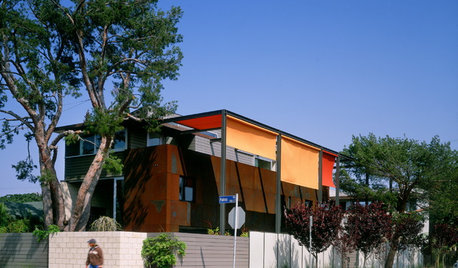
REMODELING GUIDESModern Awnings: Sails Shade the Home
Today's fabric awnings add movement, color, and just the right amount of protection from the sun
Full Story
GREEN BUILDINGHouzz Tour: See a Maine House With a $240 Annual Energy Bill
Airtight and powered by the sun, this energy-efficient home in a cold-winter climate is an architectural feat
Full Story
COOL-SEASON CROPSCool-Season Vegetables: How to Grow Chinese Cabbage
Napa cabbage, pak choi, bok choy — no matter what you call it, this edible is a good candidate for fall and spring gardens
Full Story0

GARDENING GUIDESYes, You Can Grow Food in a Shady Yard
Your shady garden doesn’t have to be forever barren. Berries, herbs and other shade-loving plants can produce a delicious bounty
Full Story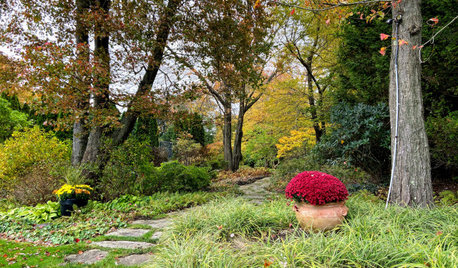
GARDENING GUIDES4 Elements of a Stunning Fall Garden
Late summer is a good time to look beyond trees to create an autumn landscape that draws the eye and stirs the soul
Full Story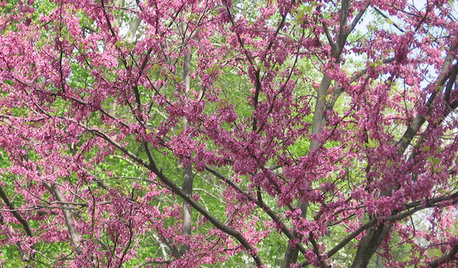
GARDENING GUIDESGreat Design Plant: Eastern Redbud
With romantic pink blooms and heart-shape leaves, this ornamental tree has been inspiring affection since the days of the founding fathers
Full Story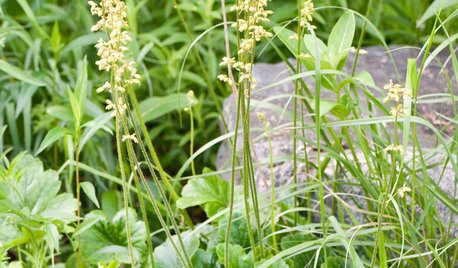
FLOWERS AND PLANTSHeuchera Richardsonii Flourishes in Sunny, Dry Spots
Plant Richardson’s alumroot for spring blooms in north-central perennial gardens, rock gardens and informal prairie plantings
Full Story0

CENTRAL PLAINS NATIVE PLANTS10 Top Grasses for the Central Plains
Low-maintenance grasses provide seasonal interest and wildlife habitat, and aid good design
Full StorySponsored
More Discussions






wbonesteel
Okiedawn OK Zone 7
Related Professionals
Franconia Landscape Architects & Landscape Designers · Havre de Grace Landscape Architects & Landscape Designers · Oatfield Landscape Architects & Landscape Designers · Boca Raton Landscape Contractors · Deerfield Landscape Contractors · Elmhurst Landscape Contractors · Framingham Landscape Contractors · North Richland Hills Landscape Contractors · Plantation Landscape Contractors · Selden Landscape Contractors · South Farmingdale Landscape Contractors · Wentzville Landscape Contractors · Elkridge Decks, Patios & Outdoor Enclosures · Foothill Farms Decks, Patios & Outdoor Enclosures · Grand Rapids Decks, Patios & Outdoor EnclosureschickencoupeOriginal Author